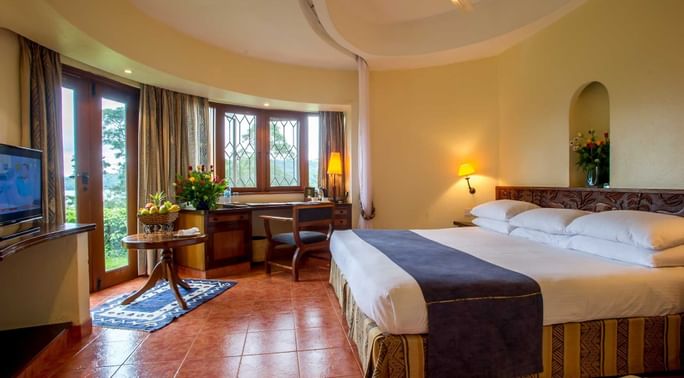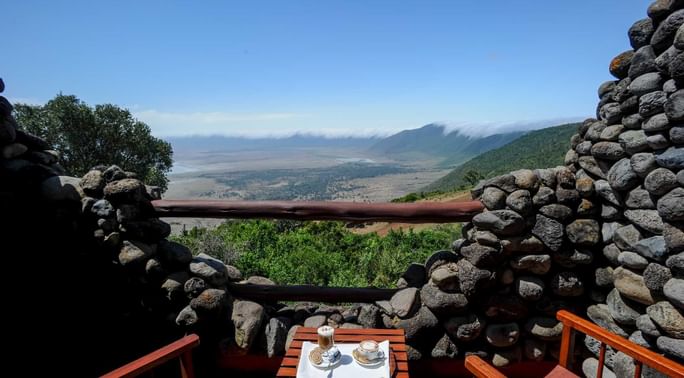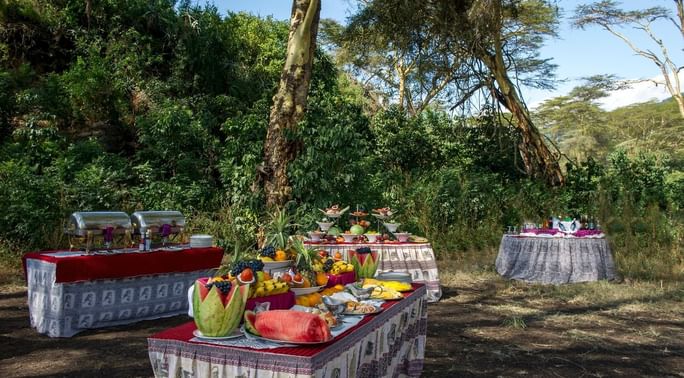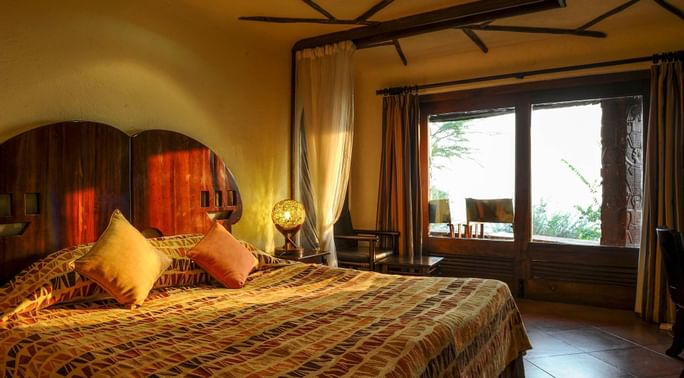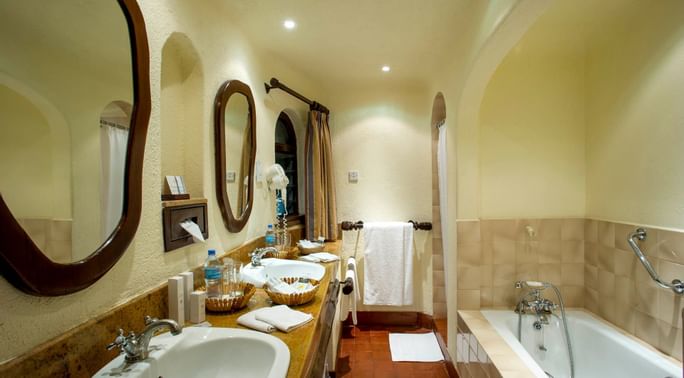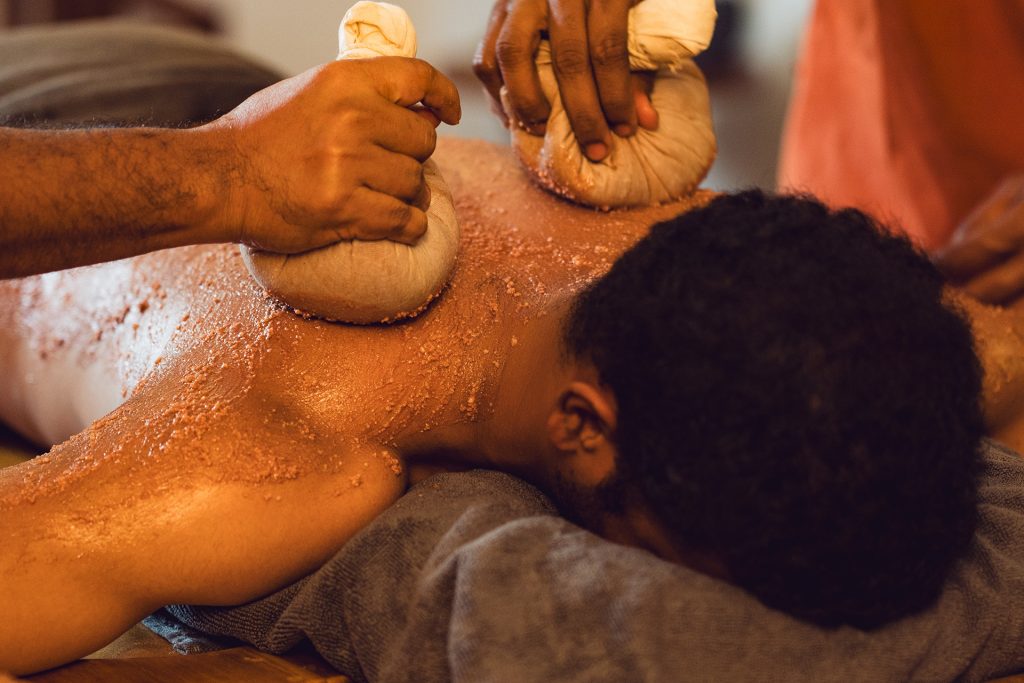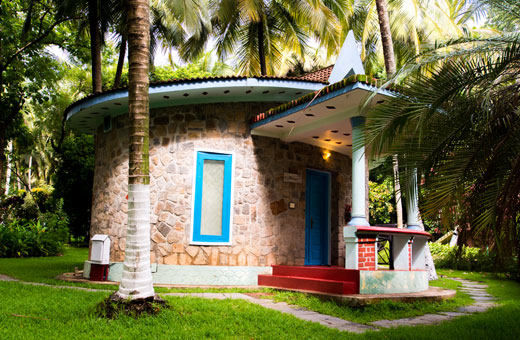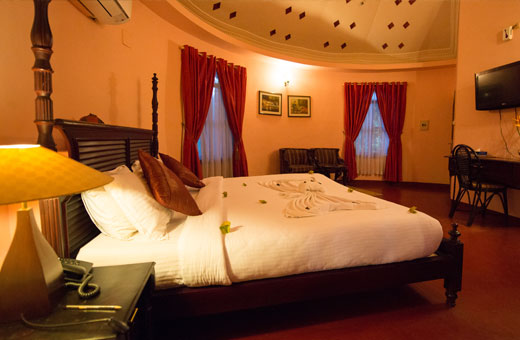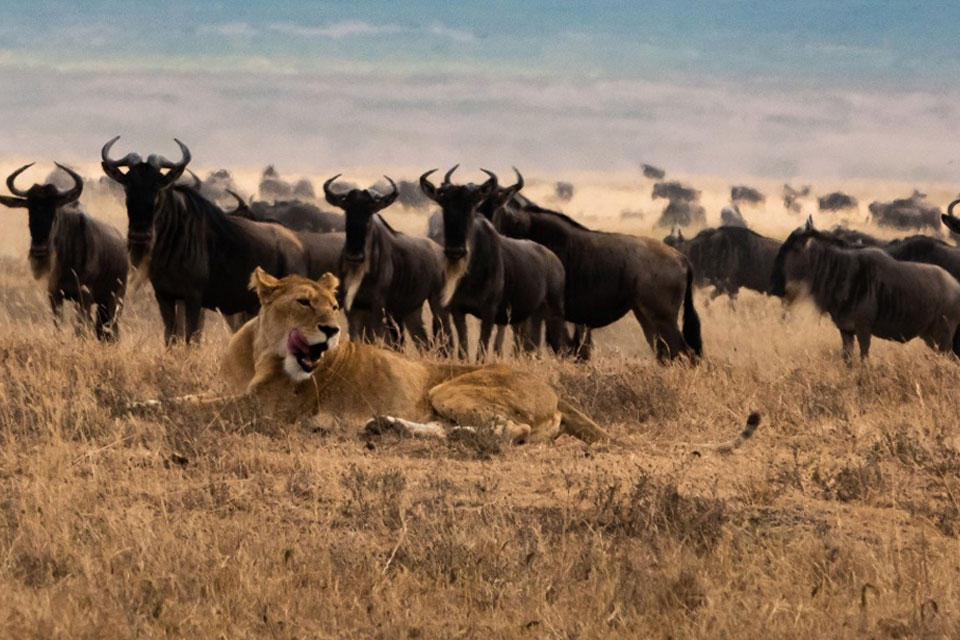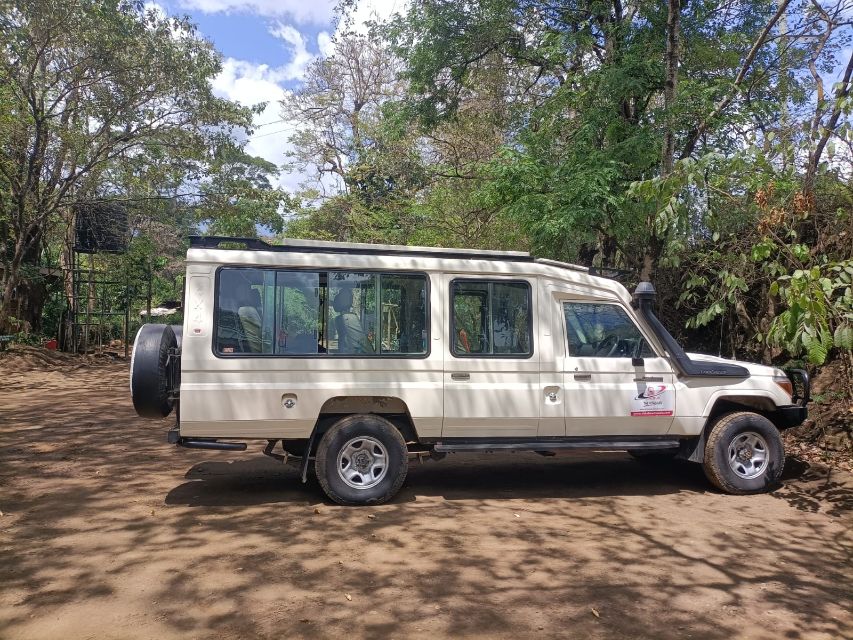Credit: Vicki Croke
Earlier this year, a photograph of Samburu warriors in Kenya touching a rhino calf for the first time in their lives won a World Press Photo award. There was sadness to the story of Kalifi the rhino - his mother had been killed by poachers - and there was sadness in the warriors’ story too - they had grown up in a once rhino-rich land that now held none.
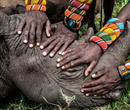 But the inherent hope expressed in that photo—for new life and reconnection—hA being realized last week. A huge and arduous 10-day effort was underway across miles of bumpy and remote roads to translocate 20 critically endangered Eastern black rhinos to lands in Samburu county in Northern Kenya that have been without the species for 25 years.
But the inherent hope expressed in that photo—for new life and reconnection—hA being realized last week. A huge and arduous 10-day effort was underway across miles of bumpy and remote roads to translocate 20 critically endangered Eastern black rhinos to lands in Samburu county in Northern Kenya that have been without the species for 25 years.
And the hands that are captured patting Kalifi in that iconic photo will now be helping to protect the rhinos in their new turf.
It’s taken the will and commitment of a local community, several conservation organizations, three national parks, a council of elders, 20 satellite transmitters (one per animal), anti-poaching training for local rangers, to tick off a few components, to bring these magnificent rhinos, ranging in age from six to 20, to a place where the residents are banding together to receive and protect them.
The sanctuary receiving the animals, Sera Community Conservancy, is community owned and operated.
There are four black rhinos on the ground now, and 16 more to come over the next eight days, according to Ginger Thomson of the Lewa Wildlife Conservancy. The rhinos are tranquilized before making the trip of several hours over rough roads in giant crates fitted on the back of trucks.
The effort - a public-private collaboration of three conservation organizations, the Kenya Wildlife Services, the Northern Rangelands Trust and Lewa Wildlife Conservancy, pooling rhinos from three different reserves (Lewa Conservancy, Nairobi and Nakuru National Parks) marks an important passage for rhino conservation in Kenya, according to those involved.
Lewa Wildlife Conservancy, a conservation organization, which manages some 100,000 acres of rhino rangeland, and is one of the participants in this translocation, released a statement about the significance of the effort.
This will be the first time in East Africa a local community will be responsible for the protection and management of the highly threatened black rhino, signaling a mind shift in Kenya’s conservation efforts. This pioneering move demonstrates the Government of Kenya’s confidence in the local community, and materialises the promise to support community-based conservation initiatives as provided for by the new Wildlife Act, 2013.
It is expected that the presence of black rhino in Samburu County will be a significant boost to tourism in the area whilst providing new job opportunities for local communities. Parts of the Sanctuary will also be set aside for dry season grazing for local herders, and the community look forward to increased overall security in the area.
Mostly because of poaching and hunting, the Eastern black rhino population fell by 98 percent in just three decades, between 1960 and 1990. In the 1970s, there were 20,000 in Kenya. At the tail end of that period, there were only 381 there. Today, there are 640 in closely-guarded parks and sanctuaries. The translocation of 20 healthy rhinos to Samburu is part of the effort to expand rhino habitat in Kenya and boost the population.

